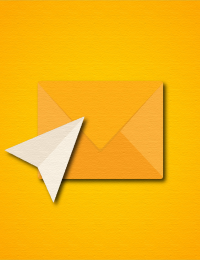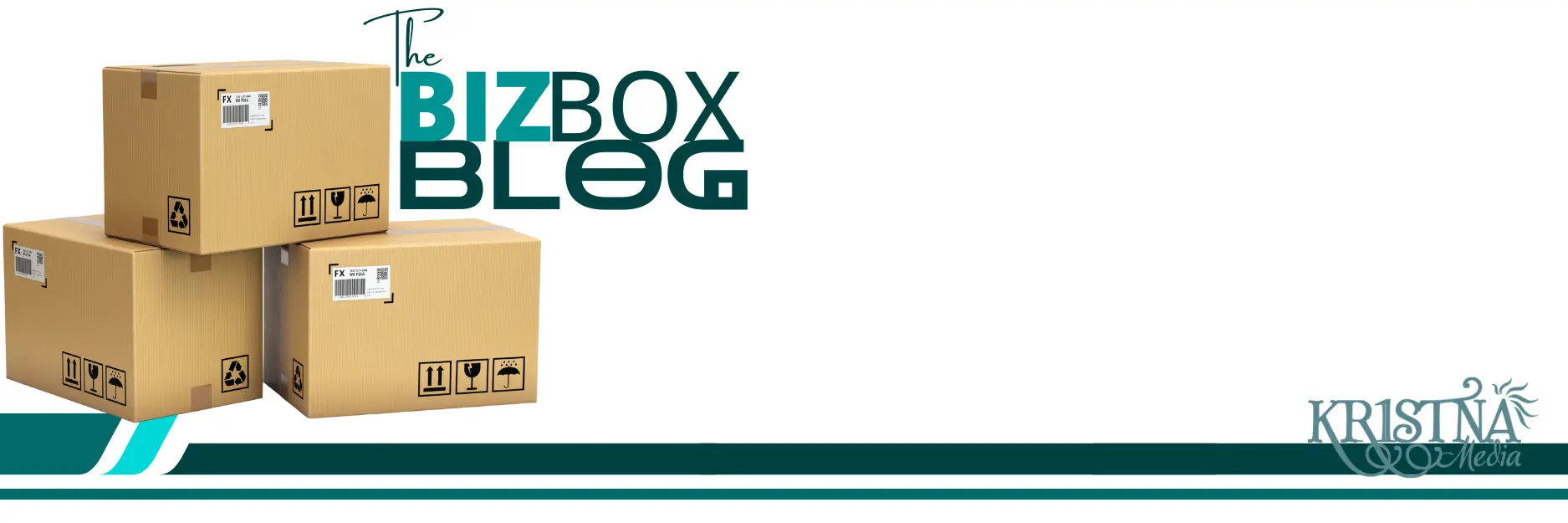Over the years, email marketing remains one of the most effective marketing channels, offering a direct line to your audience’s inbox. However, with overflowing inboxes and shortened attention spans, it’s not enough to simply send emails—you need to send the right email to the right person at the right time. This is where email marketing automation comes in.
Email marketing automation enables businesses to deliver personalized, timely, and relevant messages to their audience without the manual workload. It’s a game-changer for nurturing leads, driving engagement, and ultimately boosting conversions. By setting up automated workflows, you can ensure that every email you send is aligned with your customer’s journey, increasing the likelihood of moving them closer to a purchase decision.
But how do you effectively implement email marketing automation to achieve these goals? Let’s explore the key components, strategies, and best practices to get you started on the path to email marketing success.
Understanding the Power of Email Marketing Automation
At its core, email marketing automation allows you to send targeted emails based on user behavior, preferences, and actions. Rather than sending one-size-fits-all emails to your entire list, automation enables you to tailor messages to each subscriber’s unique needs and interests. This targeted approach is not only more efficient but also more effective.
Imagine a potential customer who visits your website, browses a few product pages, and then leaves without making a purchase. With email automation, you can automatically send a follow-up email that highlights the products they viewed, perhaps with a special offer to entice them to return. Or consider a new subscriber who downloads an eBook from your site; you can set up an automated sequence that delivers additional content related to their interests, gently guiding them toward becoming a customer.
This level of personalization can significantly increase open rates, click-through rates, and conversion rates—all while saving time and effort for your marketing team.
Building Your Automated Email Campaign: The Foundation
Before diving into the technicalities, it’s crucial to lay a strong foundation for your email automation strategy. Start by defining your goals. Are you looking to increase sales, nurture leads, onboard new customers, or re-engage inactive subscribers? Having a clear objective will help you determine the type of emails to automate and the metrics you’ll need to track to measure success.
Next, get to know your audience. Understanding your subscribers’ behavior, preferences, and pain points is essential to creating content that resonates with them. Use data from your CRM, website analytics, and past email campaigns to segment your audience based on demographics, purchase history, engagement level, and other relevant criteria. This segmentation allows you to tailor your messaging to different groups, ensuring each email feels personalized and relevant.
Designing Effective Automated Email Workflows
Once you have a clear goal and a segmented audience, it’s time to design your automated email workflows. Think of a workflow as a sequence of emails triggered by a specific action or behavior. Here are a few common workflows to consider:
1. Welcome Series: When a new subscriber joins your email list, the first few emails you send are crucial in setting the tone for your relationship. A welcome series typically consists of 3-5 emails that introduce your brand, highlight your key offerings, and encourage engagement. This is your chance to make a great first impression, so focus on delivering value and building trust.
A well-crafted welcome email might include a thank-you message, an introduction to your brand’s story, and a special discount or offer for new subscribers. Follow-up emails could showcase your best content, share customer testimonials, or invite subscribers to follow you on social media.
2. Lead Nurturing Sequence: Not all leads are ready to buy right away, which is why a nurturing sequence is essential for guiding prospects through their journey. These workflows are designed to educate, inform, and build trust over time, moving leads closer to a purchasing decision.
For example, if someone downloads a whitepaper from your site, an automated nurturing sequence could send them a series of emails that provide additional resources related to the topic, like blog posts, case studies, or webinars. As the sequence progresses, the content becomes more focused on your product or service, eventually leading to a soft sales pitch or a call to action.
3. Abandoned Cart Reminders: Cart abandonment is one of the most frustrating challenges for eCommerce businesses, but it also presents a prime opportunity for automation. When a customer adds items to their cart but doesn’t complete the purchase, an automated email reminder can prompt them to return and finish the transaction.
Abandoned cart emails often include a reminder of the items left behind, paired with compelling copy that emphasizes urgency or scarcity (“Only a few left in stock!”) or offers a special incentive, like free shipping or a discount code, to sweeten the deal.
4. Post-Purchase Follow-Up: The customer journey doesn’t end with a purchase; in fact, that’s just the beginning. Post-purchase emails help build loyalty, encourage repeat purchases, and turn customers into brand advocates. These emails can include order confirmations, shipping notifications, product usage tips, and requests for reviews or feedback.
Consider sending a follow-up email asking customers how they liked the product, offering complementary products or accessories, or inviting them to join a loyalty program. This continued engagement can increase lifetime value and build long-term relationships.
Optimizing Your Email Automation for Maximum Impact
Once your workflows are set up, it’s time to optimize them for the best possible results. Here are some key tactics to consider:
1. Personalization and Dynamic Content: Personalization goes beyond just using a subscriber’s name. Utilize dynamic content to tailor different elements of your emails—such as images, offers, or product recommendations—based on individual subscriber data. For instance, you might showcase different products based on a customer’s browsing history or highlight content that aligns with their specific interests.
2. A/B Testing: A/B testing (or split testing) is essential to determine which elements of your emails perform best. Test different subject lines, email copy, call-to-action buttons, and even send times. By consistently testing and refining your emails, you can improve open rates, click-through rates, and conversions over time.
3. Timing and Frequency: Finding the right timing and frequency for your emails is critical. Too many emails can overwhelm your audience and lead to unsubscribes, while too few may cause them to lose interest. Use data from past campaigns to identify peak engagement times and set up your automation accordingly. Remember that optimal timing may vary across different segments, so consider tailoring your send times based on audience behavior.
4. Monitor and Analyze Performance: Keep a close eye on key metrics such as open rates, click-through rates, conversion rates, and unsubscribe rates. Use these insights to identify which workflows are performing well and which need adjustments. Regularly analyze your data to uncover patterns and trends, and be prepared to tweak your strategy as needed.
Leveraging the Right Tools for Email Automation
To implement an effective email automation strategy, you’ll need the right tools. There are many email marketing platforms available, each with its unique features and strengths. Consider options like Mailchimp, HubSpot, ActiveCampaign, or Marketo, which offer robust automation capabilities, segmentation tools, and analytics to help you create, execute, and optimize your automated campaigns.
These platforms often integrate with your existing CRM and other marketing tools, allowing you to create seamless workflows and track your subscribers’ journey from first touch to conversion and beyond.
Final Thoughts: Driving Conversions with Intelligent Email Automation
Email marketing automation is a powerful tool that can transform your approach to customer engagement, lead nurturing, and conversion optimization. By delivering targeted, relevant content at the right moment, you build trust, foster relationships, and guide your audience through the sales funnel with minimal manual effort.
To make the most of email automation, focus on understanding your audience, crafting compelling content, and continuously optimizing your strategy based on data-driven insights. With the right approach, your automated emails can become a highly effective engine for driving growth and achieving your marketing goals.

Ready to unlock the full potential of email marketing automation? At KR1STNA Media, we help businesses like yours create powerful, data-driven automation strategies that convert. Contact us today to learn how we can help you build smarter email campaigns that deliver results!


